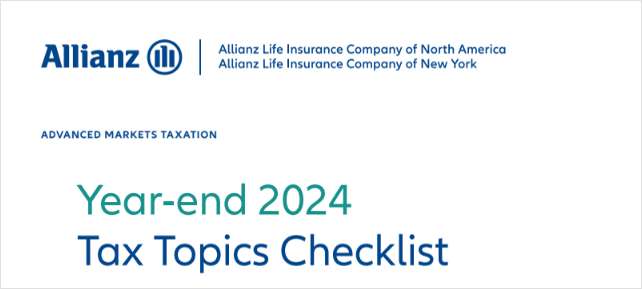

Just how rich is "rich?"
The answer, of course, depends on who's asking—and these days, many are.
In rich-tropolises such as New York and London, 1 percenters moan that living on $500,000 a year feels Dickensian. With a pot of $40 million—and private schools, a Hamptons retreat, a horse and a charity to feed—a hedge funder on the Showtime drama "Billions" exclaims: "F—! I'm broke!"
Here, then, is a real answer, courtesy of the hush-hush world of private banking: $25 million.
Twenty-five million dollars in investable wealth. The kind of money you could afford to see dip into the red for a quarter or three, maybe even a year or two, without breaking a sweat. With $25 million, maybe, just maybe, you're starting to be rich.
Because in this era of hyper-wealth and hyper-inequality, that is simply where rich begins—a ticket, in truth, to the first, lowly rung of rich. For most of the planet, $25 million represents unfathomable wealth. For elite private bankers, it buys their basic service.
Call it economy-class rich. Business class? That's $100 million. First class? $200 million. Private-jet rich? Try $1 billion.
We all know the wealth gap between the rich and poor, and the rich and the really rich, is only getting wider, due in large part to the bull market in stocks and wealth generated in private businesses around the world.
What may be less apparent, at least outside financial circles, is what all that money is worth to the bankers who discreetly tend those fortunes. No private bankers worth their wingtips will say they don't care about clients with "only" a few million. Northern Trust Corp., which works with many of the world's richest families, stresses that in recent quarters more than 50 percent of new clients have had investable assets in excess of $10 million. But "to get the highest level, companies have raised the bar," said Brent Beardsley, who leads Boston Consulting Group's work in asset and wealth management globally.
The measure of what makes someone rich has changed dramatically in the past two decades. In 1994, when Peter Charrington, global head of Citi Private Bank, first joined the firm, "Three million was largely considered ultra-high net worth across the industry," he recalled. "Fast-forward almost 25 years, and $25 million is how we define ultra-high net worth."
Wealth managers like to frame the type of client they target in terms of the services needed. For example, a married couple with an estate valued well below $22 million, held largely in a diversified portfolio of publicly traded stocks, may not need a lot of fancy trusts-and-estates work, since about $22 million can go to heirs without worrying about estate and gift taxes. (That $11.18 million per person is up from $5.49 million in 2017, and sunsets in 2025.)
A much wealthier family with homes and assets in multiple countries and currencies might require more cash flow management, customized financing for mortgages, yachts or planes, and the ability to borrow against art or investment portfolios. It may make sense for a client to house business interests in a trust, with the advisor as trustee.
At a private bank with an investment banking arm, "sometimes the investment bank collaborates with the private bank client in doing a recapitalization of the company, or maybe sells a non-core division to create liquidity so a family member can exit the business," said John Duffy, global head of Institutional Wealth Management for J.P. Morgan Private Bank.
"Getting rich is complicated," said Steven Fradkin, president of wealth management at Northern Trust. "It's just a good complication to have."
Placing investable assets of at least $25 million with a wealth manager—and clients with that amount or more tend to work with a few firms—can bring access to initial public offerings, and having at least $5 million in investments moves a client past one regulatory hurdle to taking part in private offerings.



